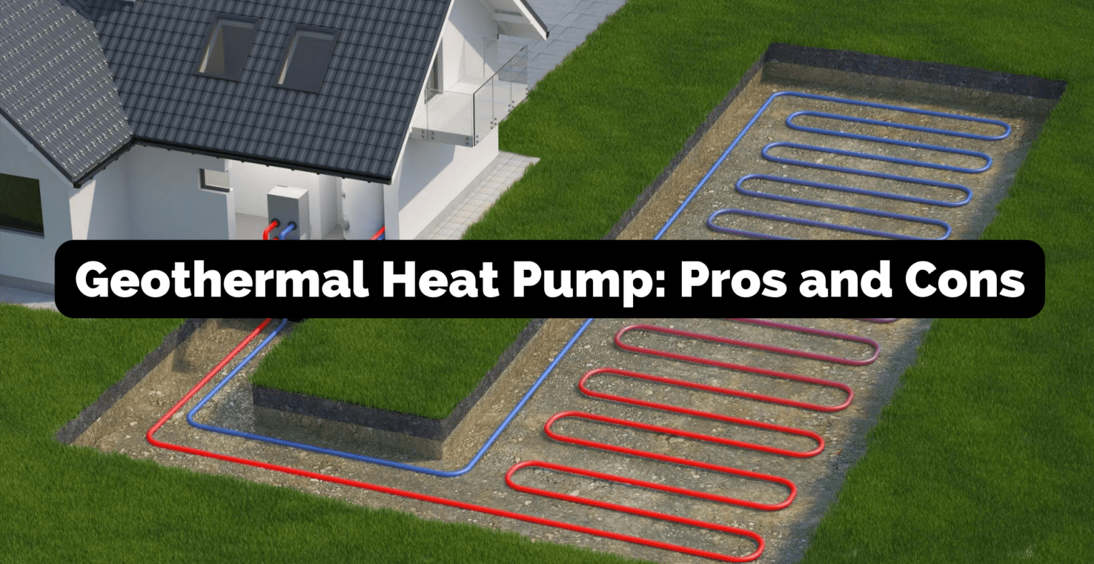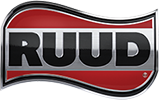Geothermal heat pumps, a technology that harnesses the Earth’s temperature to heat and cool residential and commercial homes and buildings, is trending right how because of increased focus on sustainability and energy efficiency. But this technology isn’t new. In fact, it’s among the oldest forms of heating out there.
Some fun trivia about geothermal heating, from Dandelion Energy:
- The royal court in China used geothermal heating in the third century BCE.
- The Romans leveraged hot springs for underfloor heating.
- And 200 years before Shakespeare got the idea he might like to write a few plays, a town in France created the first municipal geothermal heating system… which is still up and running today.
It just makes sense. Geothermal heating doesn’t so much create energy, as it harnesses it. That makes it economical, sustainable and good for the environment.
But it might not be right for every property. Here’s a look at this trending technology, when it’s right to use it, and when it’s not.
This ancient heating system offers a host of modern-day benefits, including:
Energy efficiency. GHPs can achieve efficiencies of up to 500%, delivering much more heating or cooling than they consume.
Lower energy bills. Because these systems are so efficient, they can significantly reduce, if not eliminate, heating bills. Over the system’s lifespan, that adds up to quite a chunk of change for the homeowner.
Eco-friendly. Compared to other heating and cooling systems, geothermal systems produce less greenhouse gasses, reducing the building’s carbon footprint. They work with the earth and good for the earth at the same time.
Reduced maintenance. A good part of these systems are located underground. That means they’re protected from the elements and don’t require regular maintenance.
Increased lifespan. Geothermal systems can last 50 years or more. Traditional HVAC systems generally have a 25-year lifespan.
They work well in all climates. Below zero winter days? 100 degree summer heat? It matters not to a geothermal system. They are largely unaffected by what the weather is doing above ground.
They cool, too. Just like other heat pump systems, geothermal systems heat and cool.
Geothermal limitations
With all of the benefits, these systems aren’t right for every building. Some factors to think about include:
Space limitations. To install a geothermal system, there needs to be enough land for the underground components.
Geological limitations. If the building is sitting on, say, a rocky hillside, installing an underground system may not be possible.
Location limitations. A house in a suburb or rural area on flat ground with good soil? Perfect. An urban apartment building, not so much.
Upheaval. Remember, geothermal systems go underground. That means significant upheaval for existing buildings. And the people who live in them.
Higher upfront cost. Geothermal systems typically cost more to install than a traditional HVAC system.
Bottom line, there are pros and cons to geothermal systems. Are they right for your customers? If you have questions, give your Goodin Sales Rep a call. We can help!






